Of all the workhorse weapons in the Allies’ World War II arsenal, from the American M-4 Sherman medium tank and jeep to the British Handley Page Halifax bomber and 25-pounder field gun, none was more widely and effectively deployed than the Douglas C-47 transport plane.
Dubbed the Skytrain by the U.S. armed forces and the Dakota by the British, the C-47 was the most ubiquitous airplane of the war, performing a variety of services in all theaters of operation, from North Africa to Burma, from New Guinea to Normandy, and from Sicily to Holland.
General Dwight D. Eisenhower believed that the rugged, dependable aircraft was one of the five pieces of equipment—along with the jeep, bulldozer, 21/2-ton truck, and DUKW amphibious vehicle—that were “among the most vital to our success in Africa and Europe,” while the official U.S. Army Air Forces history noted, “A steady and proven aircraft, the C-47 earned for itself a reputation hardly eclipsed even by the more glamorous combat planes.” Nicknamed the “Gooney Bird” by its American crews and passengers, the C-47 was regarded by some as the most remarkable plane in the history of aviation.
The design of the C-47 originated from the Douglas DC-2 and DC-3 family of commercial transports that followed in the wake of the DC-1 prototype that flew for the first time on July 1, 1933. The DC-3 airliner made its maiden flight on December 17, 1935, the 32nd anniversary of the Wright brothers’ historic first powered flight. A military role for their plane was the last thing on the minds of Douglas Aircraft officials observing the maiden flight at Santa Monica, California.
Yet the U.S. Army Air Corps gained early experience with the basic aircraft after acquiring production DC-2s in 1936, followed by more specialized variants for use as cargo and personnel transports. In August of that year, an improved DC-3 entered service with domestic airlines and revolutionized air travel. Its larger capacity and upgraded performance made it an even more attractive proposition to the Air Corps, which quickly advised Douglas on changes in configuration considered desirable to make it suitable for a variety of military roles.
The modifications included more powerful engines, a strengthened rear fuselage to allow for the inclusion of large cargo doors, and a reinforced cabin floor to make it suitable for heavy loads. Much of the basic design work had been completed by Douglas engineers, with a C-41 cargo prototype mounting 1,200-horsepower Pratt & Whitney Twin Wasp engines in a DC-2 fuselage. It reached Wright-Patterson Field in Dayton, Ohio, in late 1939. So, when the Army Air Corps started issuing contracts in 1940 for the new transport planes designated C-47, the company was well prepared to meet the requirements and get production underway.
The only serious problem was the limited production capacity at Douglas’s Santa Monica plant, where European war demands for the DB-7 light bomber—forerunner of the famous A-20 Havoc—had filled the factory floor. Therefore, C-47s were built in a new plant erected in Long Beach, California. The basic structural design remained virtually unchanged through the entire production run.
Powered by the Twin Wasp engines, the low-wing, all-purpose transport had a maximum speed of 230 miles per hour, a range of 1,350 miles, a ceiling of 24,100 feet, and a load capacity of 12,000 pounds. Its crew comprised a pilot, copilot-navigator, and radio operator. A total of 10,123 C-47s were built before production ceased in 1945.
Besides supplies, the Skytrain could be modified to transport 28 fully armed troops or 18 to 24 stretchers and a three-man medical team. The plane was a favorite with pilots, who eventually gave it a host of affectionate nicknames, including “Douglas Racer,” “Dowager Duchess,” “Grand Old Lady,” “Old Methuselah,” and “Placid Plodder.”
The first C-47s were delivered in 1941 to the Army Air Corps (renamed the Army Air Forces that June), but the flow was small and slow because the production line at Long Beach still needed time to settle down. When the Pearl Harbor attack thrust America into World War II, attempts were made to boost production, so to meet the military demand DC-3s operating with airlines or well advanced in construction were impressed into USAAF service.
When Douglas began to draw contracts for thousands of C-47s, it became obvious that the Long Beach plant could not cope, so a second production line was set up in Tulsa, Oklahoma. The first model built at Tulsa was the second production version, the C-47A. Tulsa built 2,099 of the planes, and Long Beach 2,832, and 962 of them were delivered to the hard-pressed Royal Air Force, which designated them Dakota IIIs.
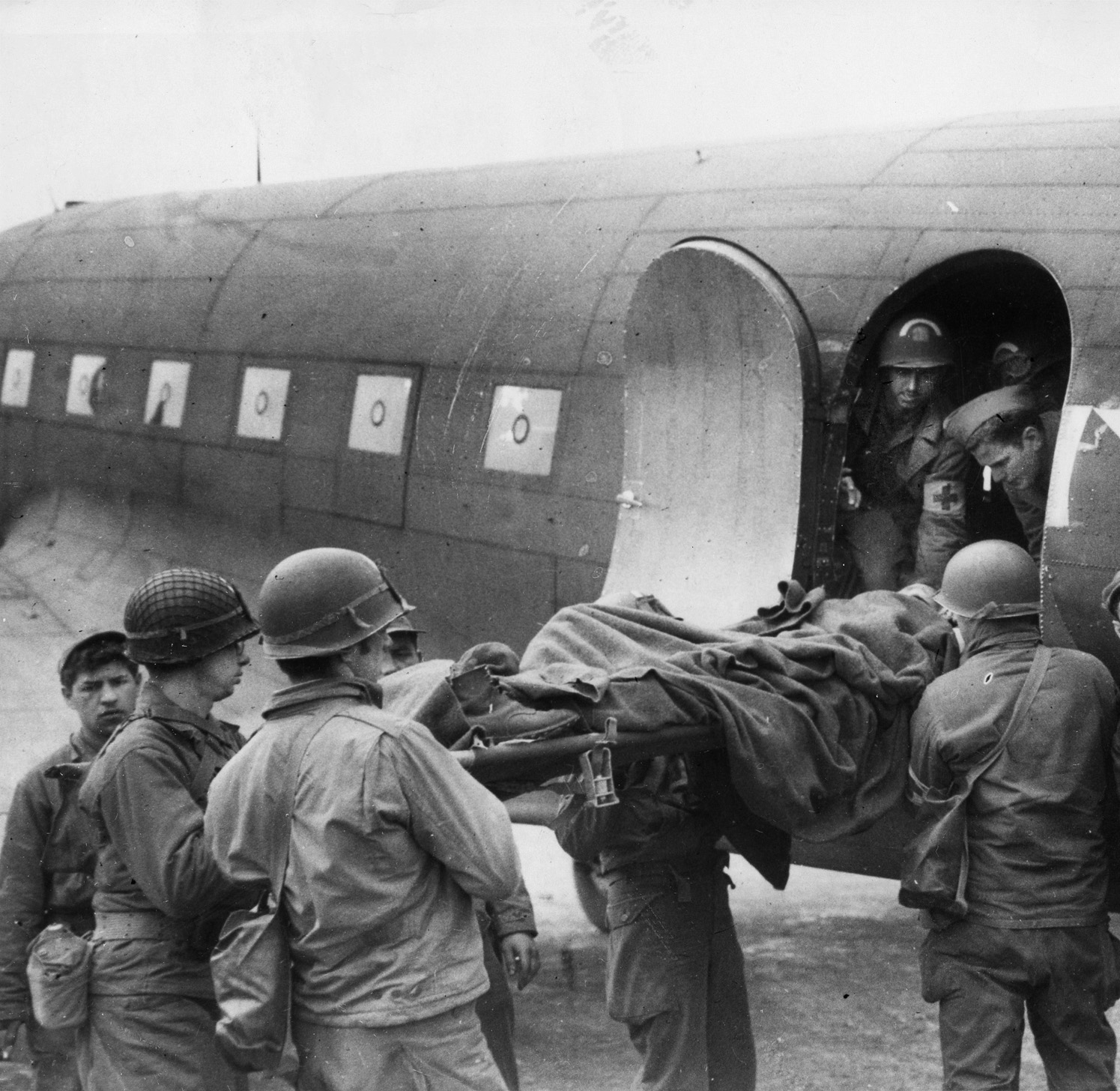
The formation of the USAAF’s Air Transport Command on July 1, 1942, brought about the wide-scale deployment of C-47s as haulers of an incredible range of supplies, from weapons to rations to small vehicles; for carrying troops into combat; for dropping paratroops; for towing Waco and Horsa gliders; and for evacuating wounded. The C-47 became the workhorse airlifter of the ATC fleet, and after being incorporated into the Troop Carrier Command that year it took part in all major airborne operations of the war.
Skytrains were among the first types of aircraft delivered by the Air Corps Ferrying Command across the North Atlantic to Great Britain in 1942. In the war zones, the Douglas transports were initially used extensively by the U.S. Navy and the RAF. Six hundred of them were in U.S. Navy service, and a number of them were operated initially by the Naval Air Transport Service, which was established within five days of the Pearl Harbor attack. C-47s were later kept busy supplying U.S. Marine Corps and Army units when they invaded Japanese-held islands across the Pacific.
The Lend-Lease Dakotas began to arrive in England in February 1943, and several—wearing RAF camouflage—were immediately put to use by British Overseas Airways Corporation on its routes to Gibraltar and Africa. Another early user of Dakotas was No. 216 Squadron of the RAF, based in Cairo, for its regular supply runs between Egypt and West Africa and for evacuating casualties from the Western Desert. More Dakotas were sent to British bases in India.
American Skytrains and British Dakotas saw plenty of action when the Allies launched Operation Torch, the three-pronged invasion of North Africa, on November 8-11, 1942, and a number of the C-47s made military history. Late in the evening of November 7, the 556 men of Lt. Col. Edson D. Raff’s 509th Parachute Infantry Battalion clambered aboard 39 C-47s of the 60th Troop Carrier Group at two airfields in southern England and took off. Their mission to capture two airfields near the Algerian port of Oran after flying nonstop for 1,500 miles set a distance record for an airborne operation.
The planes ran into foul weather, and most got lost over the Mediterranean. Widely scattered, they landed in Gibraltar and Spanish and French Morocco, and only six of the C-47s managed to fly directly to Oran. Some of the troopers, including the fearless, egotistical Raff, jumped in daylight, but they were attacked by Vichy French planes and troops in a confused action. The French killed eight paratroopers and two C-47 crewmen, and none of the survivors were able to play a decisive role in the battle for Oran or seize the airfields.
Major General Frederick “Boy” Browning’s British 1st Parachute Brigade left England on November 10, landed at the Maison Blanche airfield near Algiers the following day, and dropped from Dakotas onto the airfield at Bone, a seaport on the Tunisian border, on the 12th. They seized the field and helped to capture the port.
Raff’s battalion, meanwhile, was soon in action again. On the night of November 14, a few hours after moving to Maison Blanche, he was ordered to carry out an operation at dawn the next day. The objective was the capture of a French airfield and large stocks of fuel at Youks-les-Bains, near Tebessa on the Tunisian border. Raff and about 350 of his men jumped in daylight from 33 C-47s. Troops of the 3rd Zouave Regiment zeroed in on the Americans, but neither side fired, and Raff was able to persuade the defenders to surrender the airfield. The troopers hastily dug in, secured the airfield, and shot down a German plane attempting to land.
One night in late December, “Little Caesar” Raff led a smaller airborne mission 110 miles inside the German lines in Tunisia. Two C-47s airlifted 30 of his troopers to blow up a bridge near El Djem. Dropped in the wrong place, they were unable to locate the bridge and were discovered by a German patrol the next day. Twenty-two of the paratroopers were killed or captured, but eight escaped and hid for a month before reaching the Allied lines. The operations of Raff’s battalion earned high praise from General Eisenhower, the Allied commander in North Africa, and his deputy, Lt. Gen. Mark W. Clark.
Two months later, far to the east, Douglas Dakotas started performing a vital support role for General William J. Slim’s British 14th Army in its three-year struggle to defeat Japanese forces in the jungles of Burma. In February 1943, the first of a series of long-range penetration raids behind Japanese lines was launched by 3,000 specially trained British, Gurkha, and Burmese troops of eccentric, colorful Brigadier Orde C. Wingate’s 77th Indian Infantry Brigade. The “Chindits” blew up railway bridges and ambushed enemy outposts, and 2,182 men made it back to the British lines. While hacking their way through the dense jungles, Wingate’s men were sustained by supply drops from Dakotas of RAF Squadron Nos. 194 and 31.
By the end of the year, Wingate’s force had grown to three brigades supplied by Dakotas towing Waco gliders. The Chindits and other units of the 14th Army also received valiant support from Colonel Philip G. Cochran’s U.S. 1st Air Commando Group. Besides Wingate’s columns, the robust Douglas transports continued to give valuable logistical aid to other 14th Army units, Lt. Gen. Joseph W. Stilwell’s Chinese divisions, and Brig. Gen. Frank D. Merrill’s 5307th Composite (Marauders) Unit. On occasions, Cochran’s Dakotas towed two gliders each.
C-47s led the way, meanwhile, in hauling supplies across the hazardous “Hump,” the 500-mile air route over the rugged Himalaya Mountains from Assam, India, to Kunming, China. They carried everything from gasoline and shoes to medicine and bulldozers as part of the Allied effort to keep China in the war. In July 1942, the first month of operation, C-47s of the U.S. Tenth Air Force delivered 85 tons of cargo. Flying to and from primitive airfields, at altitudes of 18,000 to 22,000 feet in bad weather and turbulence, the C-47s soon were delivering 700 tons a month.
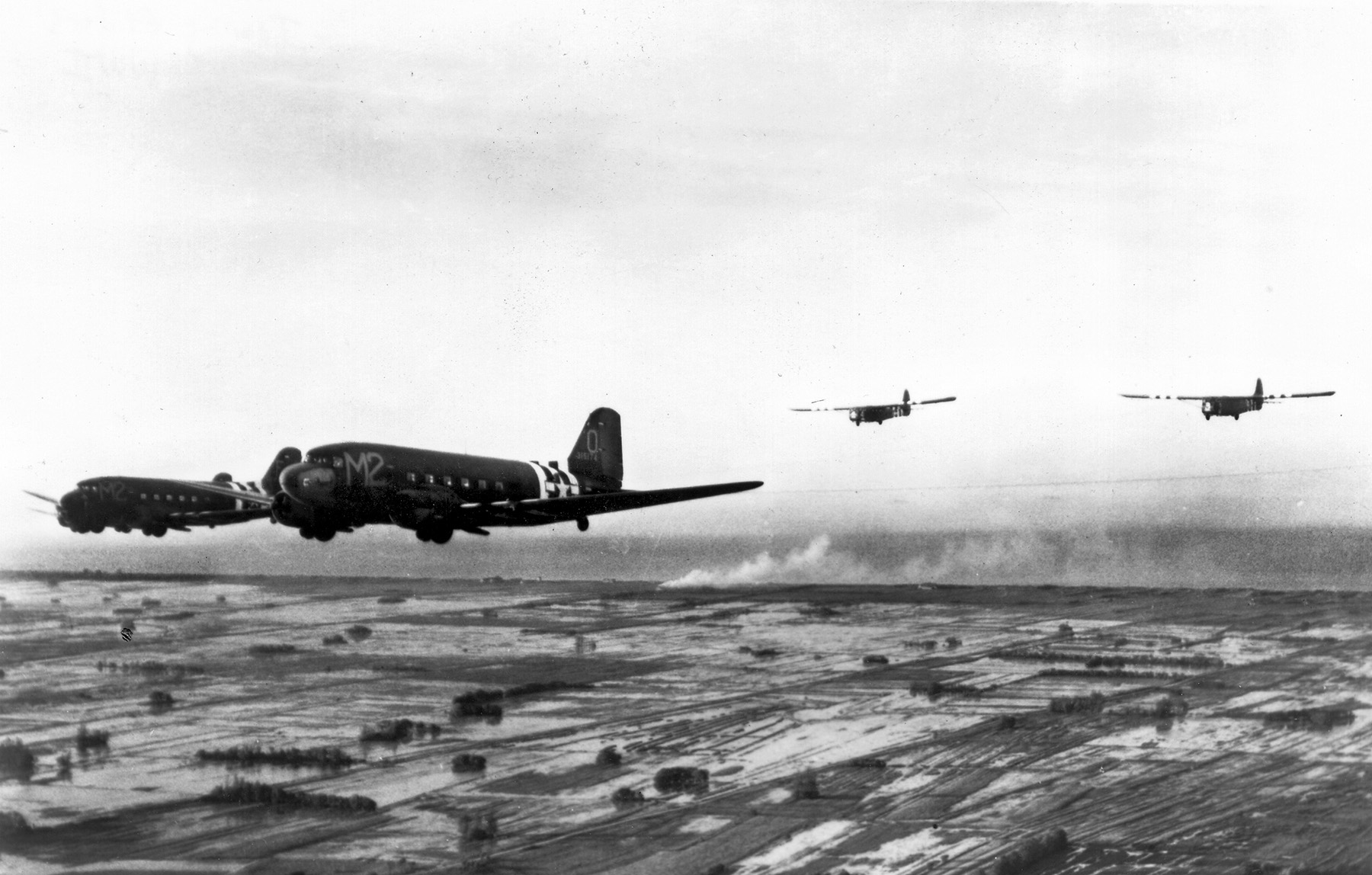
The first major use of C-47s came with Operation Husky, the massive, hastily planned Allied invasion of Sicily on Saturday, July 10, 1943. It was the largest amphibious operation to date, with about 2,500 ships and landing craft escorting or carrying 16,000 troops, 600 tanks, 1,800 field guns, and 14,000 vehicles. The dawn landings by General Bernard L. Montgomery’s British Eighth Army and Lt. Gen. George S. Patton Jr.’s U.S. Seventh Army were preceded by an airborne assault that almost became disastrous. Planned by General Browning, an impeccable guardsman who had laid the groundwork for the British “Red Beret” paratroop force, it was the first large Allied airborne operation and the first at night for any army.
On crowded airfields in Tunisia, the engines of 109 Dakotas and 35 Armstrong Whitworth Albemarle medium bombers of the RAF’s No. 38 Wing warmed up on the evening of July 9. Linked to the planes were Waco and Horsa gliders crammed with 1,500 tense officers and men of the British 1st Airlanding Brigade. The crews climbed aboard, and the planes began to take off into a clear sky just before 7 pm. By the time they were approaching Malta for their assembly and turning point, the weather worsened. Gale winds drove the planes off course and buffeted the gliders.
Two hours after Browning’s Red Berets had taken off, another 222 C-47s carrying 3,400 men of Maj. Gen. James M. Gavin’s 505th Parachute Infantry Regiment of the U.S. 82nd Airborne Division took off from Tunisian airfields, soon to find themselves struggling through the gale that had assaulted the British planes. Almost 40 of the tows of the combined force wisely turned back, but others were driven into the sea by the high winds. Because of inadequately trained pilots, a number of British gliders were cut loose too far from their targets, others were scattered over a wide area, and still others were shot down by trigger-happy ships’ gunners.
Fifty-four of the British gliders landed in Sicily, and only a dozen of them were on or near their objectives. Of “Jumping Jim” Gavin’s paratroops who reached the island, only about 200 were anywhere near their objectives. Gavin’s C-47, the lead plane of the 316th Troop Carrier Group, became hopelessly lost before reaching Sicily, and he eventually landed 30 miles from his scheduled drop zone.
Towing gliders and carrying men and supplies, RAF Dakotas and Colonel Cochran’s C-47s operated conspicuously during the first airborne invasion of Burma on March 5, 1944, as General Slim’s 14th Army, Wingate’s Chindits, General Stilwell’s Chinese divisions, and Merrill’s Marauders finally outwitted and outfought the Japanese. On English airfields, meanwhile, hundreds of Douglas transports were being lined up and readied for four more major operations, starting with the airborne prelude to Operation Overlord, the massive, long-awaited Allied invasion of Normandy three months later.
On the night of Monday, June 5, an armada of 5,000 ships and landing craft moved across the choppy English Channel toward five assigned beaches where 154,000 British, American, and Canadian troops were to land in the early hours of the next morning. Thundering overhead that night was another great armada – 1,432 Halifax, B-17 Flying Fortress, B-24 Liberator, and B-26 Marauder bombers, C-47s, and Waco, Horsa, and Hamilcar gliders carrying 17,262 men of the U.S. 82nd and 101st Airborne Divisions and 7,162 men of Maj. Gen. Richard “Windy” Gale’s British 6th Airborne Division. The paratroopers were to capture strategic bridges and road junctions, disrupt German communications, and pave the way for the seaborne assault troops.
In the greatest airborne assault up to that time, flying as low as 500 feet altitude, more than 1,000 C-47s and Dakotas took part, playing a crucial role in securing the first Allied foothold on occupied European soil. In less than 60 hours, C-47s alone hauled more than 60,000 paratroops and their equipment to Normandy.
Carried in gliders or dropped from 822 C-47s, the American paratroops began to land shortly after midnight behind the western flank beach, Utah. Deposited into marshy ground, Maj. Gen. Maxwell D. Taylor’s Screaming Eagles had to seize exits on the causeways behind Utah Beach, while the men of Maj. Gen. Matthew B. Ridgway’s 82nd Division landed farther inland and were able to clear ground on both sides of the Merderet River. Largely because of inexperienced pilots, the men of both divisions were dropped in widely scattered groups, and at dawn Taylor’s division had only 1,100 men under command out of 6,600. But the scattering caused confusion among the German defenders, and small groups of Americans fought a series of gallant actions, including the capture of Ste.-Mere-Eglise.
On the eastern flank of the invasion beaches, although many men were also dropped in the wrong places, the airborne landings were more successful and some were right on target. The objectives were to seize crossings of the River Orne and the Caen Canal between that town and Ouistreham, blow up bridges on the River Dives, and storm a large battery at Merville. Gale’s Red Berets and Major John Howard’s D Company of the Oxfordshire and Buckinghamshire Light Infantry Regiment—the first Allied unit in action on D-Day—achieved the objectives swiftly and held them until reinforcements fought their way off the beaches.
As the Allied assault units were steadily reinforced and began to extend their bridgeheads and move inland, the American C-47s and British Dakotas played a vital part. Streams of them lumbered daily across the English Channel, ferrying more troops and equipment to France and then carrying the wounded back to hospitals in England. One hundred of the planes landed daily in France during the first six weeks of the Normandy campaign. General Montgomery, the Overlord ground forces commander, had a Dakota at his disposal.
Just over five weeks after D-Day, several hundred C-47s and gliders were again in the forefront when Lt. Gen. Alexander M. Patch’s U.S. Seventh Army spearheaded Operation Anvil-Dragoon, the Allied invasion of southern France, on August 15, 1944. A total of 94,000 men—including American and Free French infantry divisions, British and U.S. paratroops, and British and French Commandos—and 11,000 vehicles were landed between Toulon and Cannes on the Mediterranean coast that day, and within 24 hours they had pushed almost 20 miles inland.

A month later, on the sunny morning of Sunday, September 17, an armada of 1,550 Allied planes took off from 22 airfields in England for the launch of Operation Market-Garden, Montgomery’s bold but ill-fated plan to seize five bridges and open a direct advance route across the River Rhine into Germany. Led by RAF pathfinder teams and towing Horsa, Waco, and Hamilcar gliders, British Short Stirling heavy bombers and C-47s streamed across the English Channel above occupied Holland, where joyous citizens watched men of the 82nd and 101st Airborne Divisions and Maj. Gen. Roy Urquhart’s 1st Airborne Division drop from the sky.
The American divisions largely accomplished their goals, securing canal crossings between Eindhoven and Veghel and bridges over the Maas and Waal Rivers, while the British Red Berets made for the big northernmost span at Arnhem. But everything soon went wrong.
Surprised German troops in the area recovered swiftly and deployed panzer units which had been underestimated by Allied intelligence; the air support was inadequate, and the Red Berets were dropped too short of “the bridge too far” at Arnhem, and were able to seize only the northern end of it.
RAF Dakota pilots tried valiantly but without much success to supply the Red Berets. On the afternoon of September 19, in the first phase of the support “lift,” 30-year-old, Irish-born Flight Lt. David S.A. Lord of No. 271 Squadron was making a run over Arnhem when his Dakota was hit twice by German antiaircraft fire. He kept a level course, dropped his supplies accurately, and then ordered his crew to abandon the plane. The fiercely burning Dakota crashed, and Lord was eventually awarded a posthumous Victoria Cross. Despite great heroism displayed by the British and American paratroops, Operation Market-Garden was a costly failure. .
Almost three months later, when German forces pushed through the snow-clad Ardennes Forest on Saturday, December 16, 1944, and carved a 50-mile bulge in the thinly held American lines, C-47s played a critical role in the counteroffensive. In the Belgian town of Bastogne, a major road-rail junction and key enemy objective, the 101st Airborne Division, led by deputy commander Brig. Gen. Anthony C. McAuliffe, and Combat Command B of the 10th Armored Division fought desperately for a week while surrounded. Food, ammunition, and medical supplies dwindled, and bad weather kept Allied air support grounded.
Finally, on December 23, the skies cleared. British and American fighters and bombers went into action over the Ardennes, and 241 C-47s and gliders of the Fourth Troop Carrier Command began dropping containers to the weary Bastogne defenders. Two days later, they were relieved by the 37th Tank Battalion of the U.S. 4th Armored Division.
The last major action involving C-47s came with the launch of Operation Plunder on the night of Friday, March 23, 1945, as Field Marshal Montgomery’s British 21st Army Group advanced across the Rhine between the German towns of Emmerich and Wesel. Prime Minister Winston Churchill gleefully watched as 1.25 million British and Canadian assault troops crossed the river and swarms of Dakotas and gliders dropped men of the British 6th Airborne Division on the eastern bank. The following day, C-47s dropped the U.S. 17th Airborne Division east of the Rhine.
After the war, C-47s were widely used for many years. Six of them, fitted with skis and jet-assistance bottles, were flown off a U.S. Navy aircraft carrier in January 1947 to support Rear Admiral Richard E. Byrd’s Antarctica explorations, and some of the newly formed Military Air Transport Service’s 239 C-47s were the first aircraft used in the 1948-1949 Berlin Airlift. RAF Dakotas also flew supplies into the besieged German capital.
Besides the USAAF, the U.S. Navy, the Marine Corps, and the RAF, a number of other countries’ air forces used C-47s or their variants, including Canada, Australia, India, Germany, the Soviet Union, Romania, Honduras, Guatemala, Dominica, El Salvador, and Haiti. RAF Dakotas served during the successful British campaign against Malaysian communists in 1948-54, and also in the 1950-1953 Korean War, along with C-47s of the U.S. Combat Cargo Command.
The Gooney Birds were so reliable and adaptable that the U.S. Air Force still retained 1,000 of them in 1961. A decade after the Korean truce, C-47s saw service in the 1964-1973 Vietnam War. After early use as general cargo carriers, a few C-47s were converted as warplanes. Introduced in 1965 as the AC-47 gunship and nicknamed “Puff the Magic Dragon,” it mounted three rapid-firing 7.62mm guns and was enormously successful until it and the regular C-47 were retired from the USAF in 1969. The last Dakota in active British service was operated by the Royal Aircraft Establishment at Farnborough, Hampshire, from 1984 until 1993, when it was transferred to the Battle of Britain Memorial Flight.
C-47s and Dakotas were featured in several war films, most notably William Wellman’s 1949 classic Battleground, Darryl F. Zanuck’s sprawling The Longest Day (1962), and Sir Richard Attenborough’s spectacular A Bridge Too Far (1976), and the 2001 television mini-series, Band of Brothers.
Michael D. Hull is a frequent contributor to WWII History. He resides in Enfield, Connecticut.
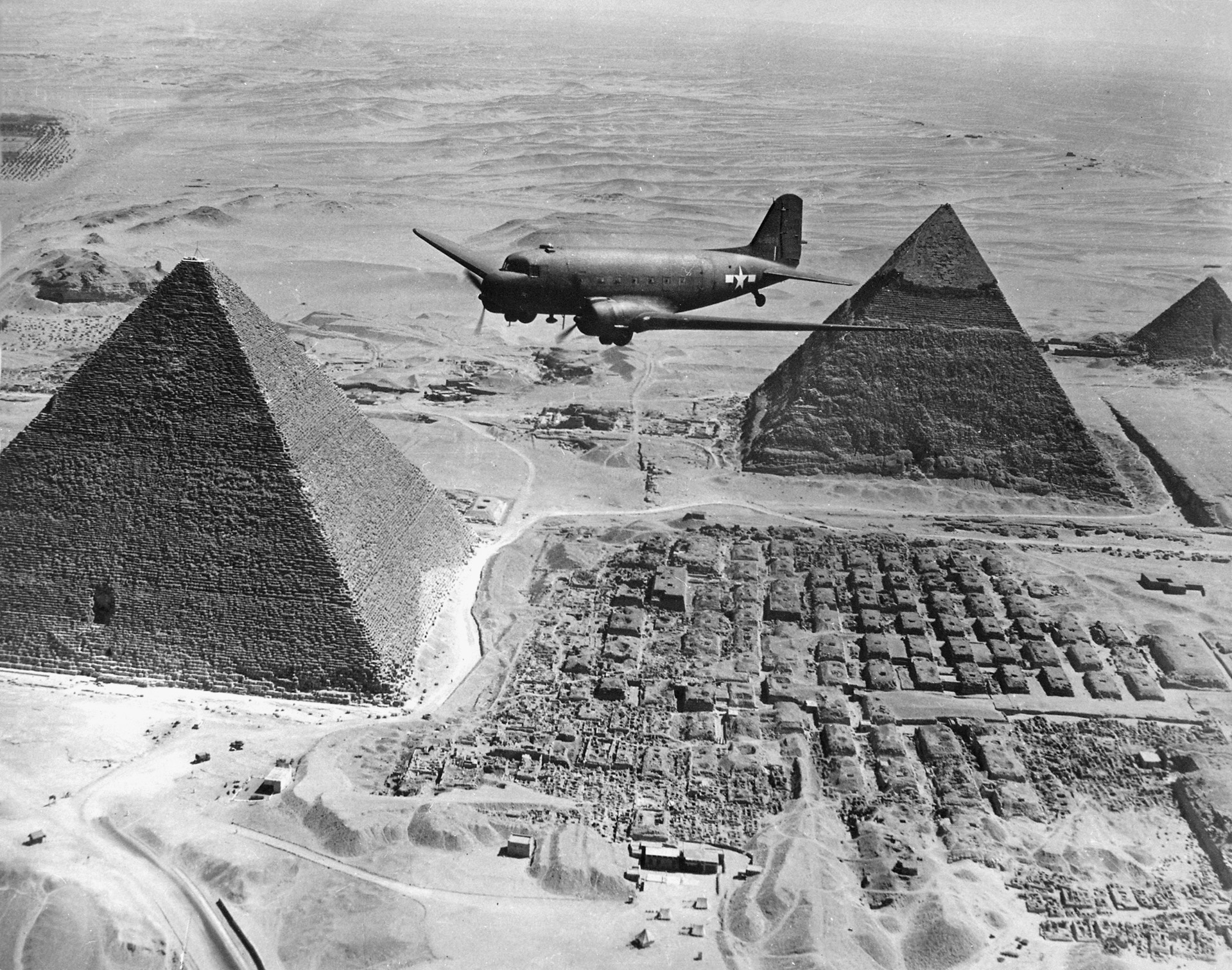
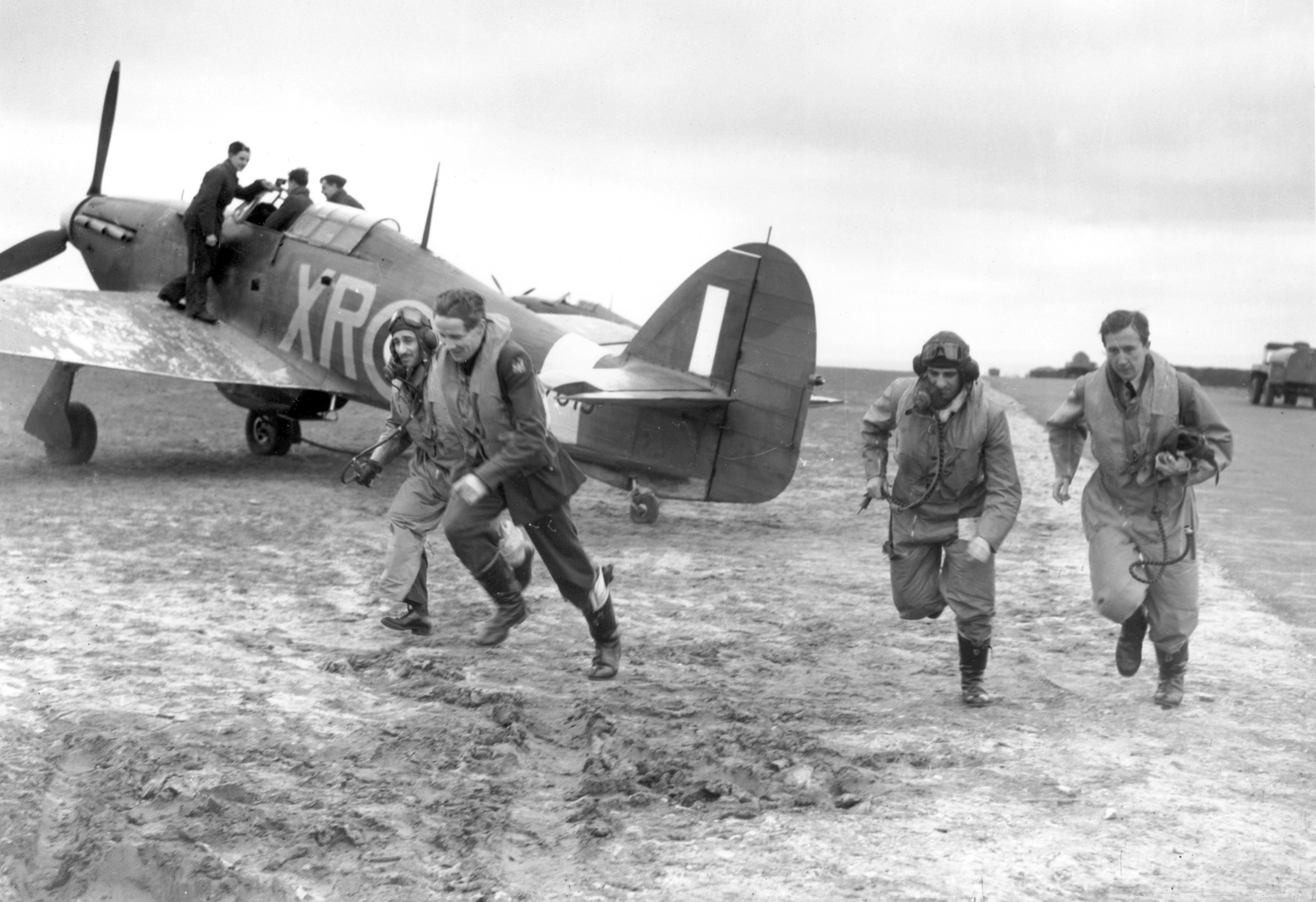

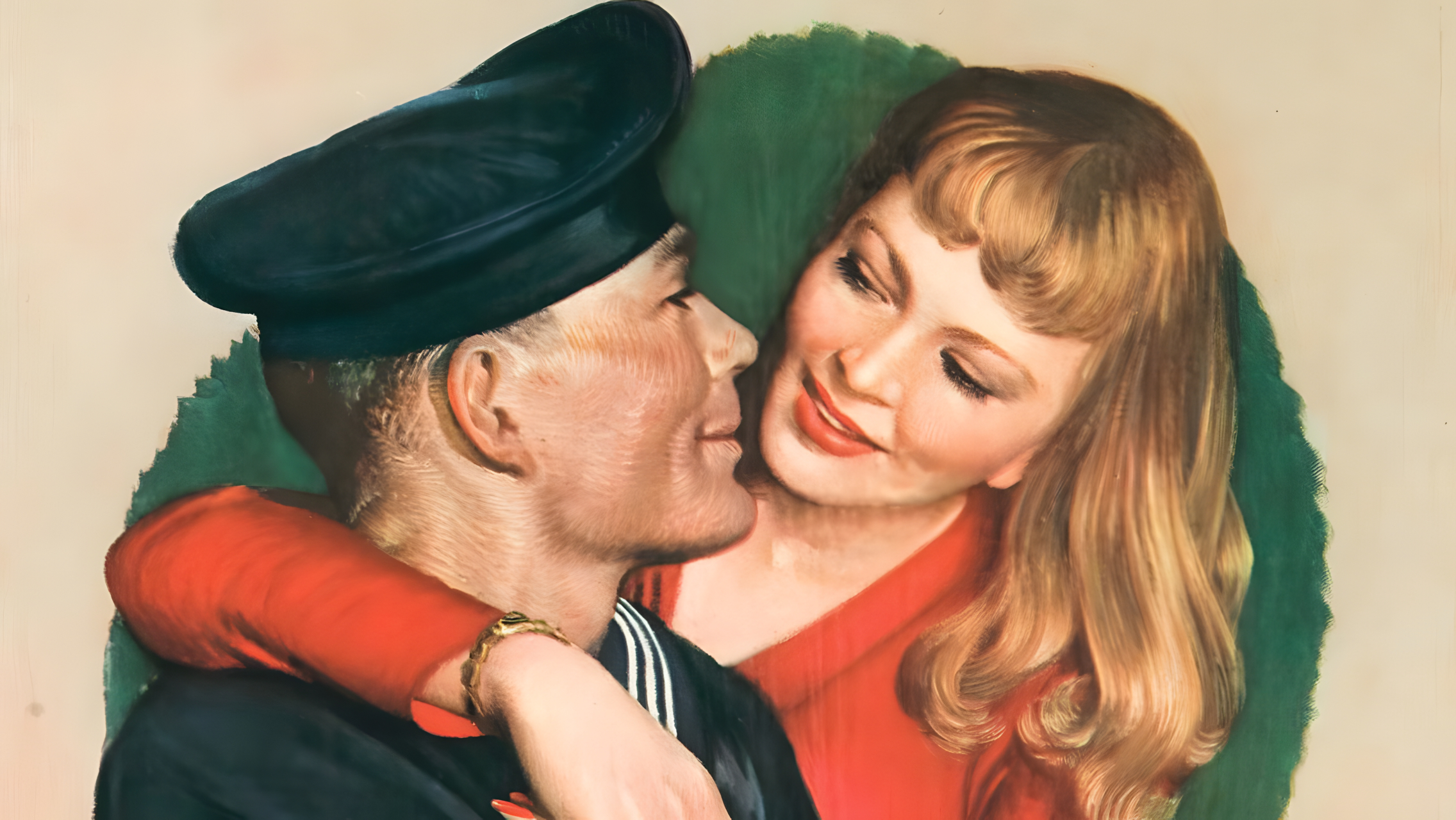
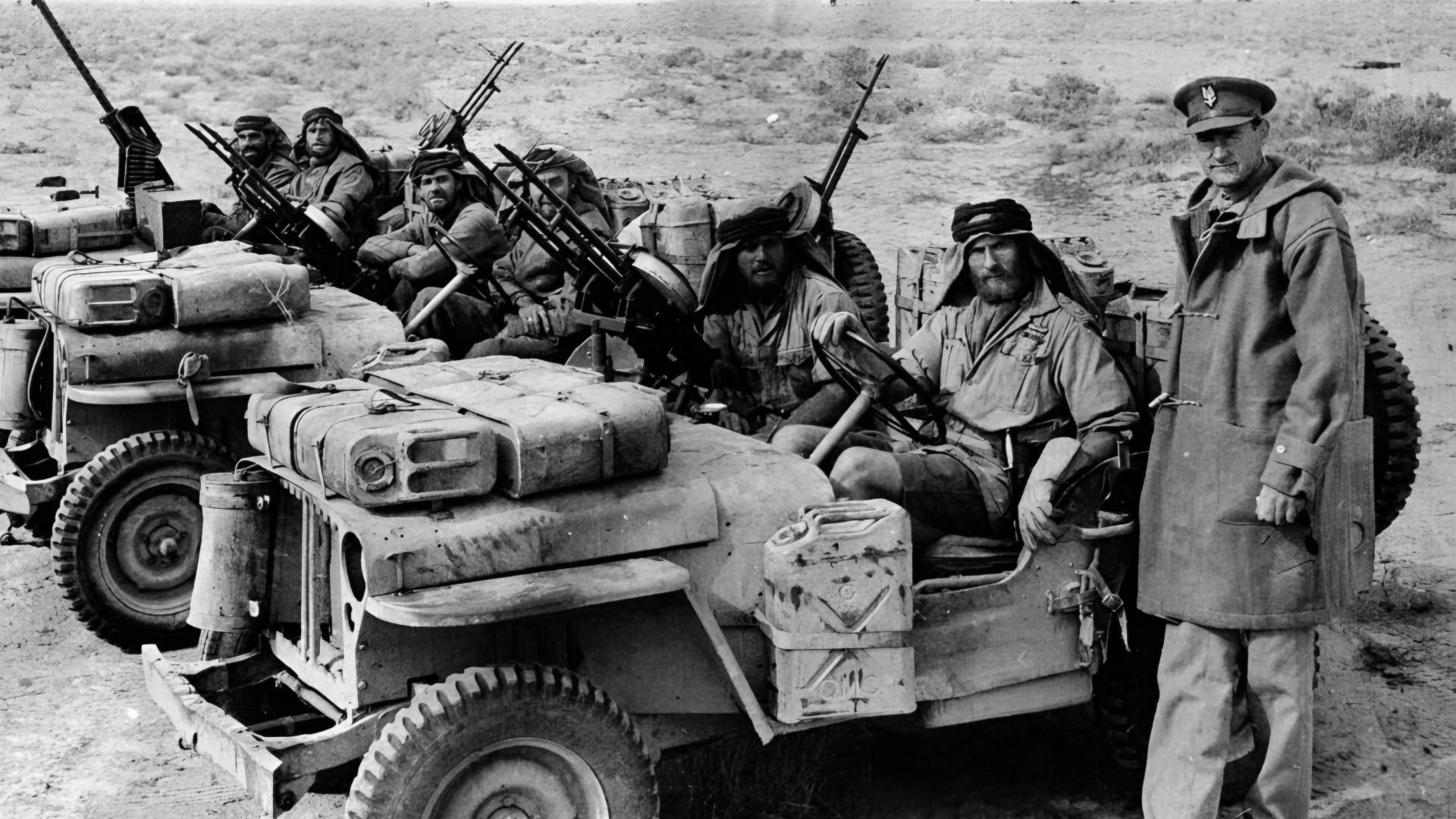
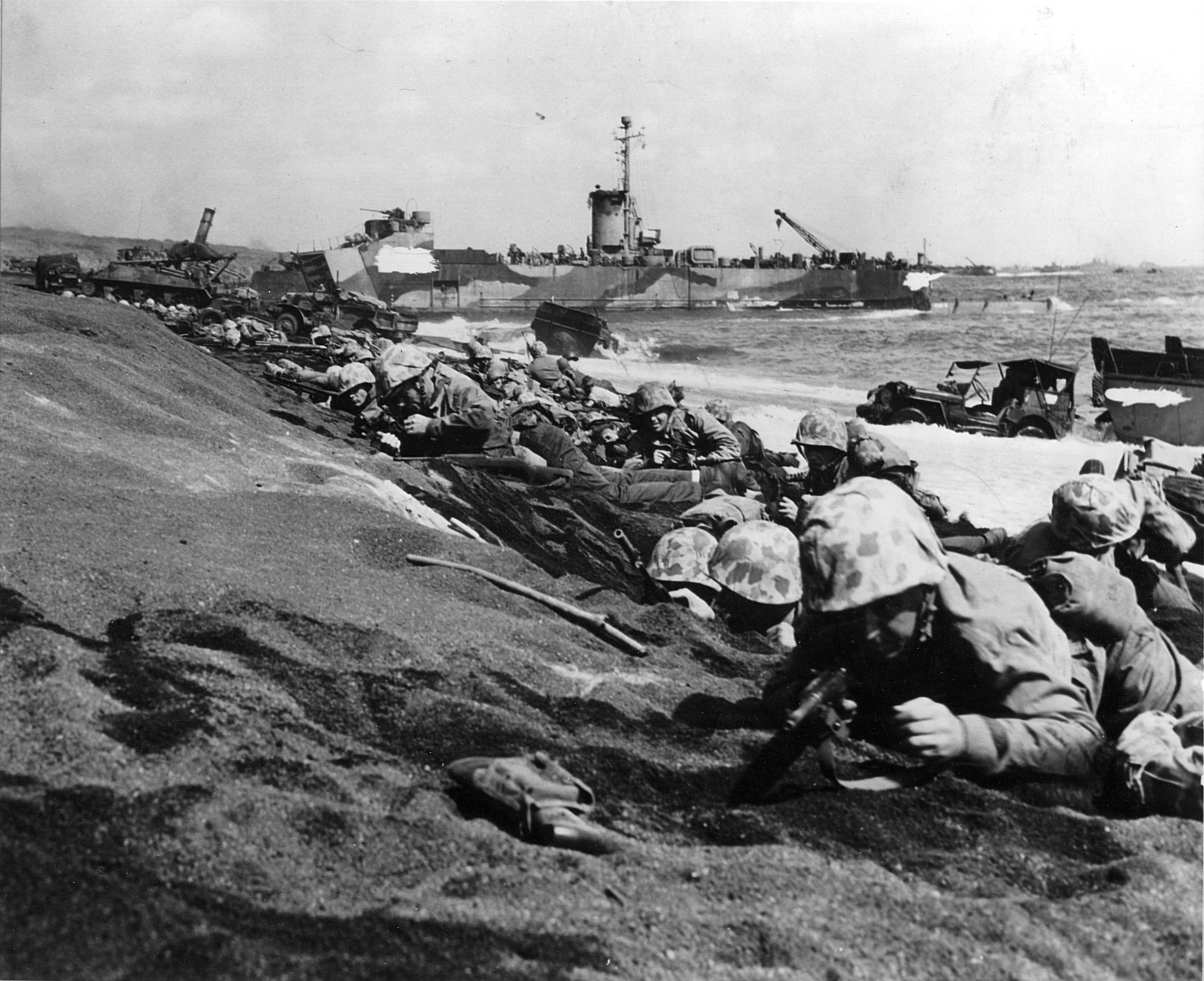
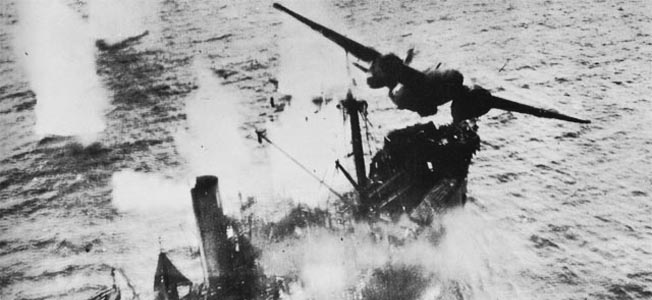
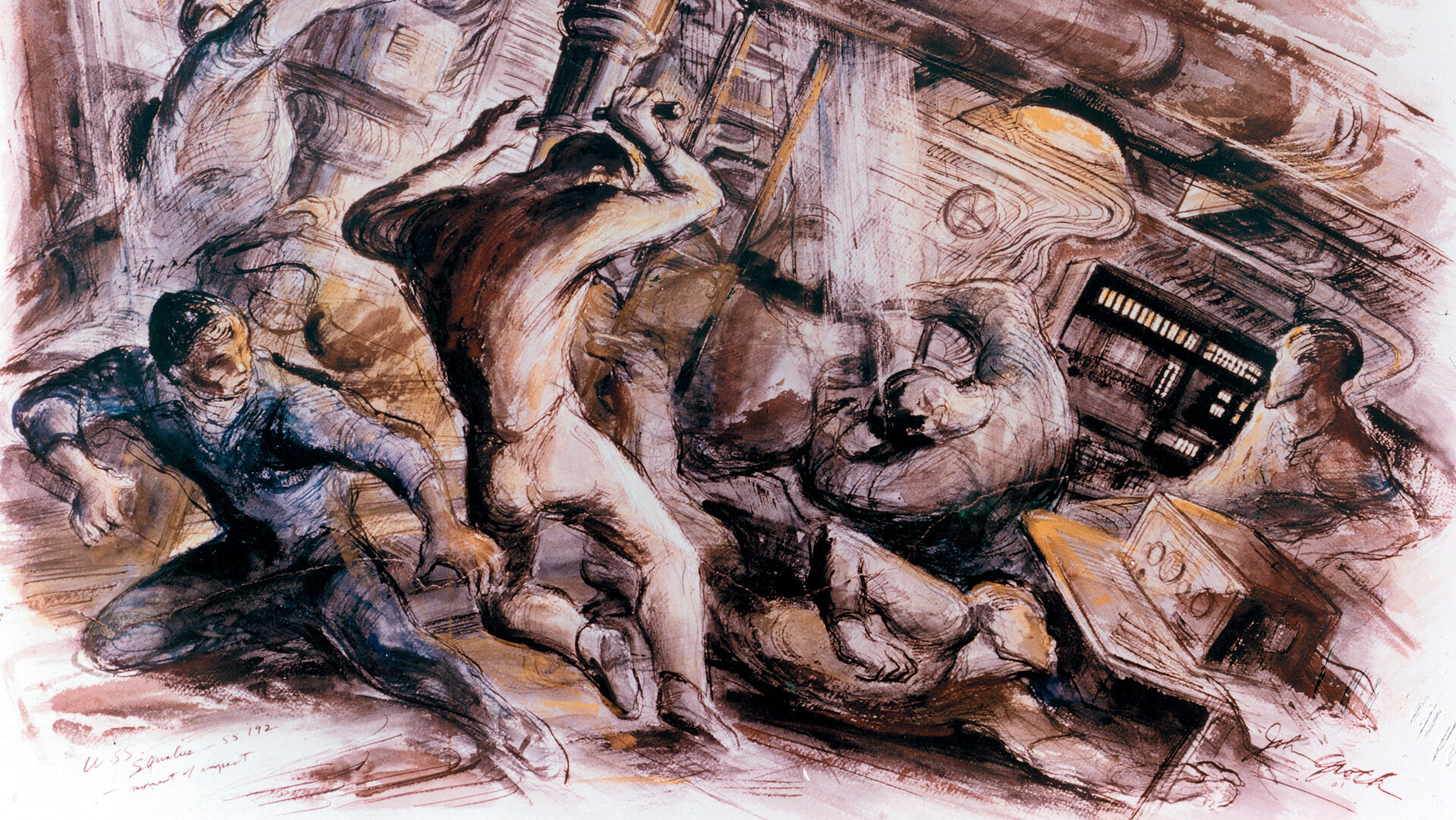
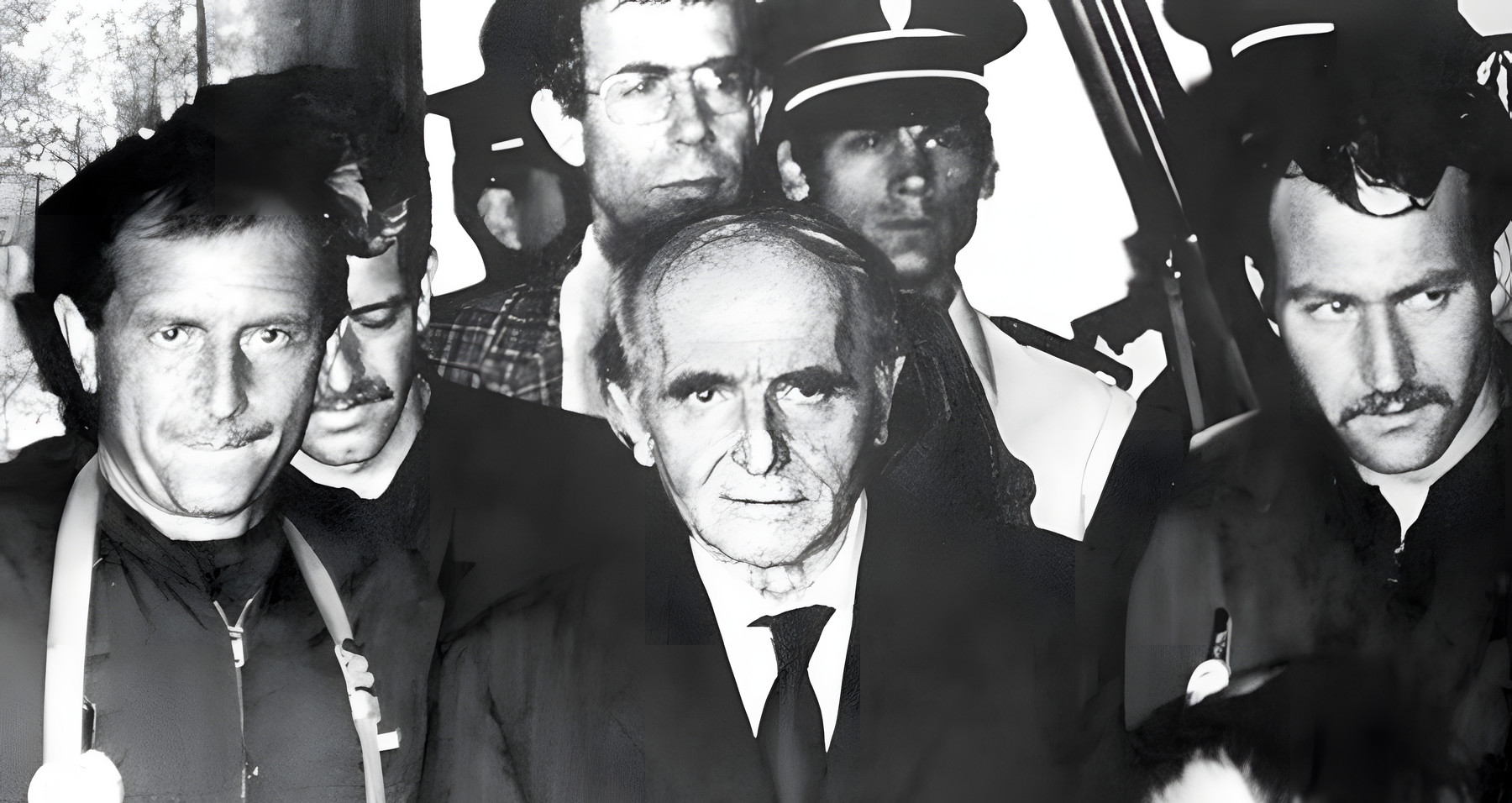
Join The Conversation
Comments
View All Comments